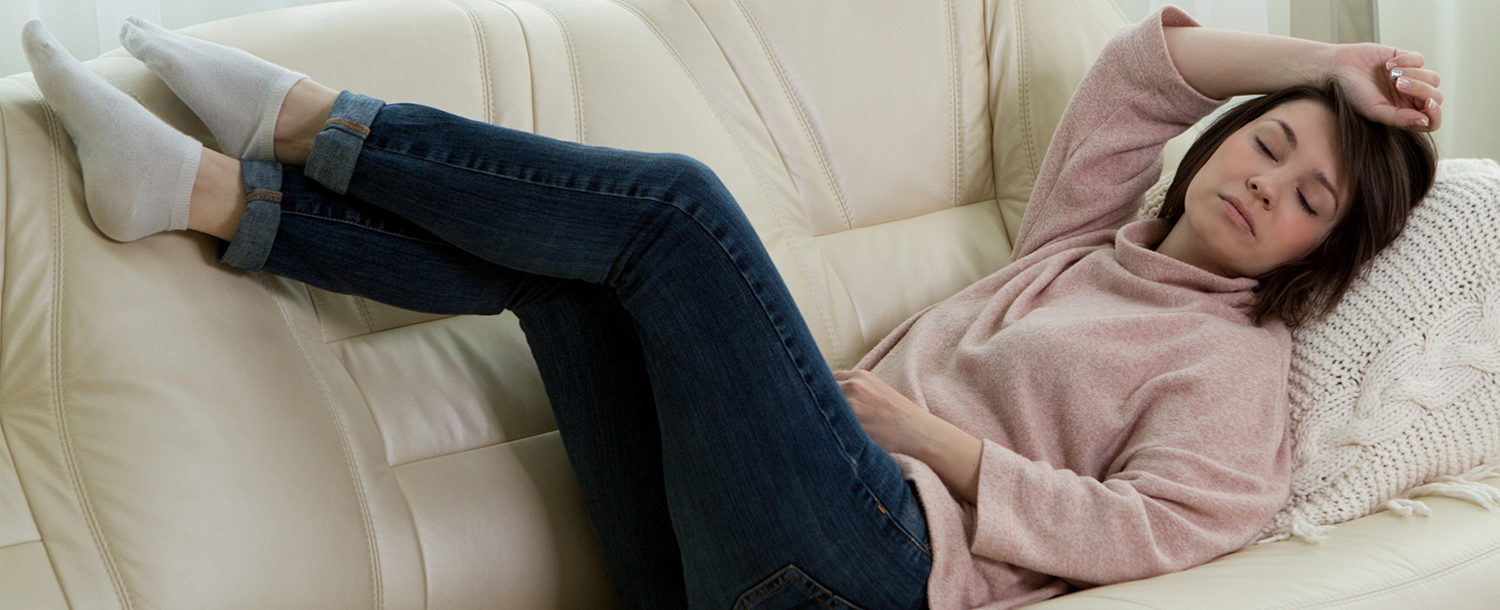
Medical Leg Symptoms
The unhealthy backward flow is responsible for many the medical symptoms. Normal leg veins work against gravity taking blood from the legs back to the heart. Healthy or normal one way flow valves in leg veins help prevent blood from flowing backwards, or refluxing, toward the feet. When these valves malfunction and backward flow occurs, it is called venous reflux. When blood begins to pool in the legs, frequently the veins can not accommodate all the pooling blood and blood overflows into nearby branches like a river over flowing into a creek. This overflow mechanism causes varicose veins to form, distend, bulge and become symptomatic. At this point, the condition is called Chronic Venous Disease. If venous reflux is long standing and skin changes begin occurring, it’s sometimes called Chronic Venous Insufficiency. The reflux in the veins causes pooling, increased pressure and inflammation, especially in the lower leg. The pooling causes legs to be heavy. A heavy leg becomes tired. The nerves in the dilated vein wall become activated causing the leg to feel achy, tender, burning, and tingling. Because of gravity, the legs vein progressively enlarge throughout the day, so these medical symptoms are usually worse with long sitting, standing or at the end of the day.
How are Varicose veins treated? Usually bulging varicose veins are treated with a combination of procedures. Usually pressure in the varicose veins is first decreased by closing the root saphenous veins via laser ablation. Then, the veins are either closed via Foam sclerotherapy or removed via ambulatory phlebectomy which is a micro-extraction technique. The best treatment is based upon the extent of your specific condition and your overall health and age. The doctor will recommend a duplex ultrasound examination to assess the severity and extent of your vein disease, most of which may not be visible on the surface of the leg. Without an accurate ultrasound map of your veins we cannot determine the source of your problem or treat it effectively. This overflow mechanism causes Varicose veins to form, distend, bulge and become symptomatic. If venous reflux is long standing and skin changes begin occurring, it’s sometimes called Chronic Venous Insufficiency. The reflux in the veins causes pooling, increased pressure and inflammation, especially in the lower leg. The pooling causes legs to be heavy. A heavy leg becomes tired. The nerves in the dilated vein wall become activated causing the leg to feel achy, tender, burning, and tingling. Because of gravity and pooling, as the day progresses, the leg veins progressively dilate and enlarge to accommodate the blood flowing toward the feet. At this point, the condition is called Chronic Venous Disease.
Night Cramps and Restless Legs. Leg pain, night cramps and restless legs are thought to be caused not only from the direct effects of vein wall stretching, but also from the effects of congestion or pooling in the tissue and muscles. This effect can also contribute to irritable, tender muscles. It’s postulated that the leg muscles tighten (cramp) or move (restlessness) in an attempt to squeeze the blood out of the leg. When leg cramps and restlessness occur at the end of the day and Venous Disease is present, treating the veins usually either improves or alleviates the night cramps and restless legs.
